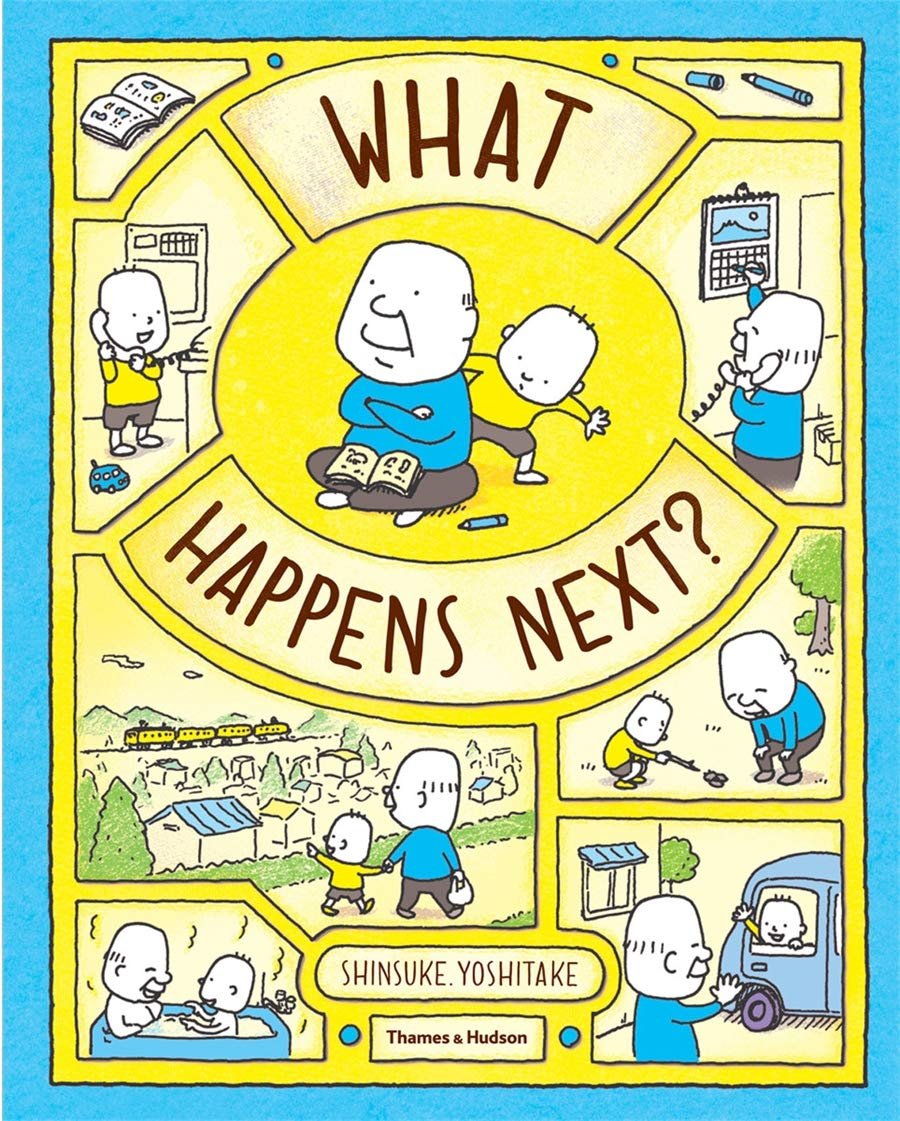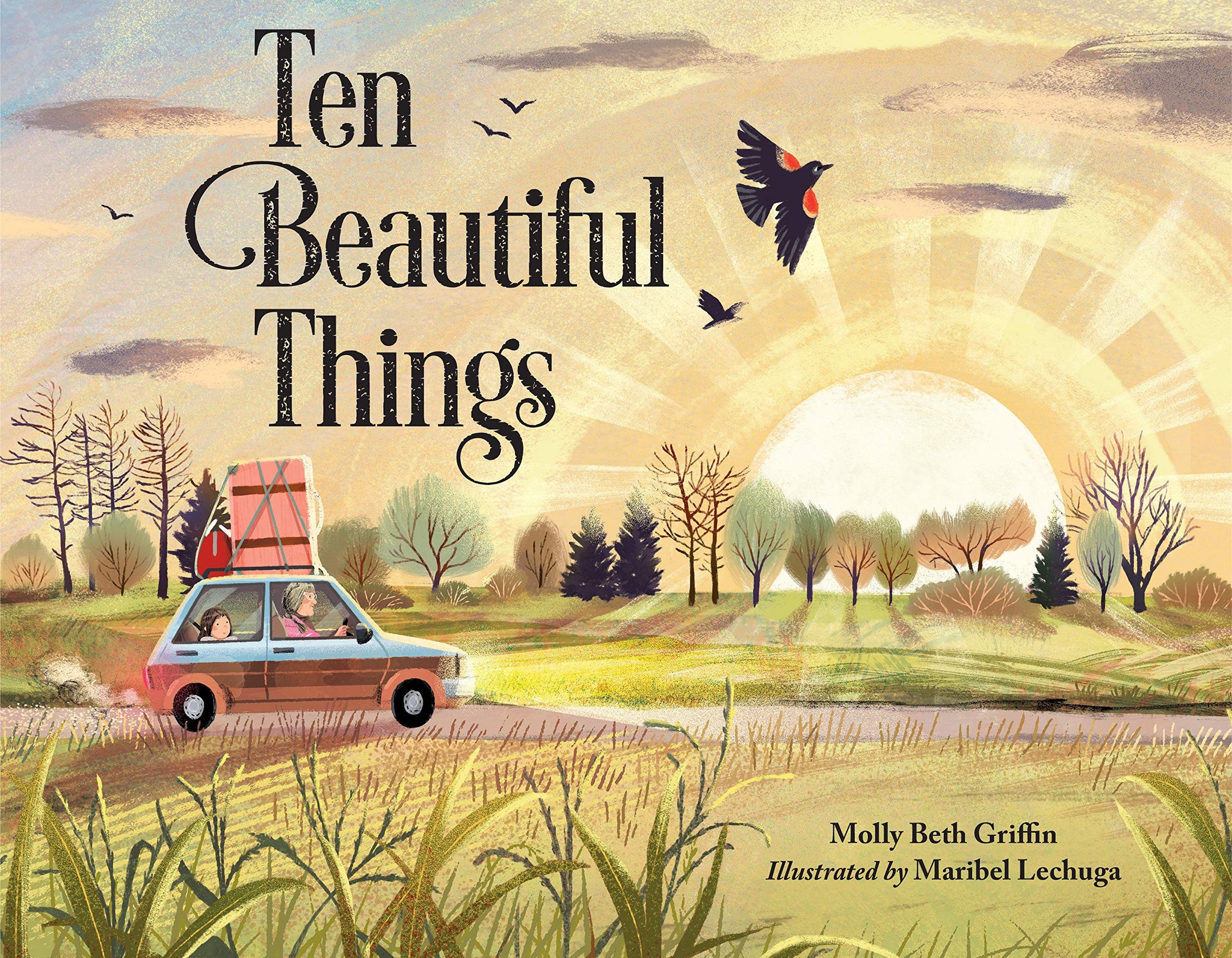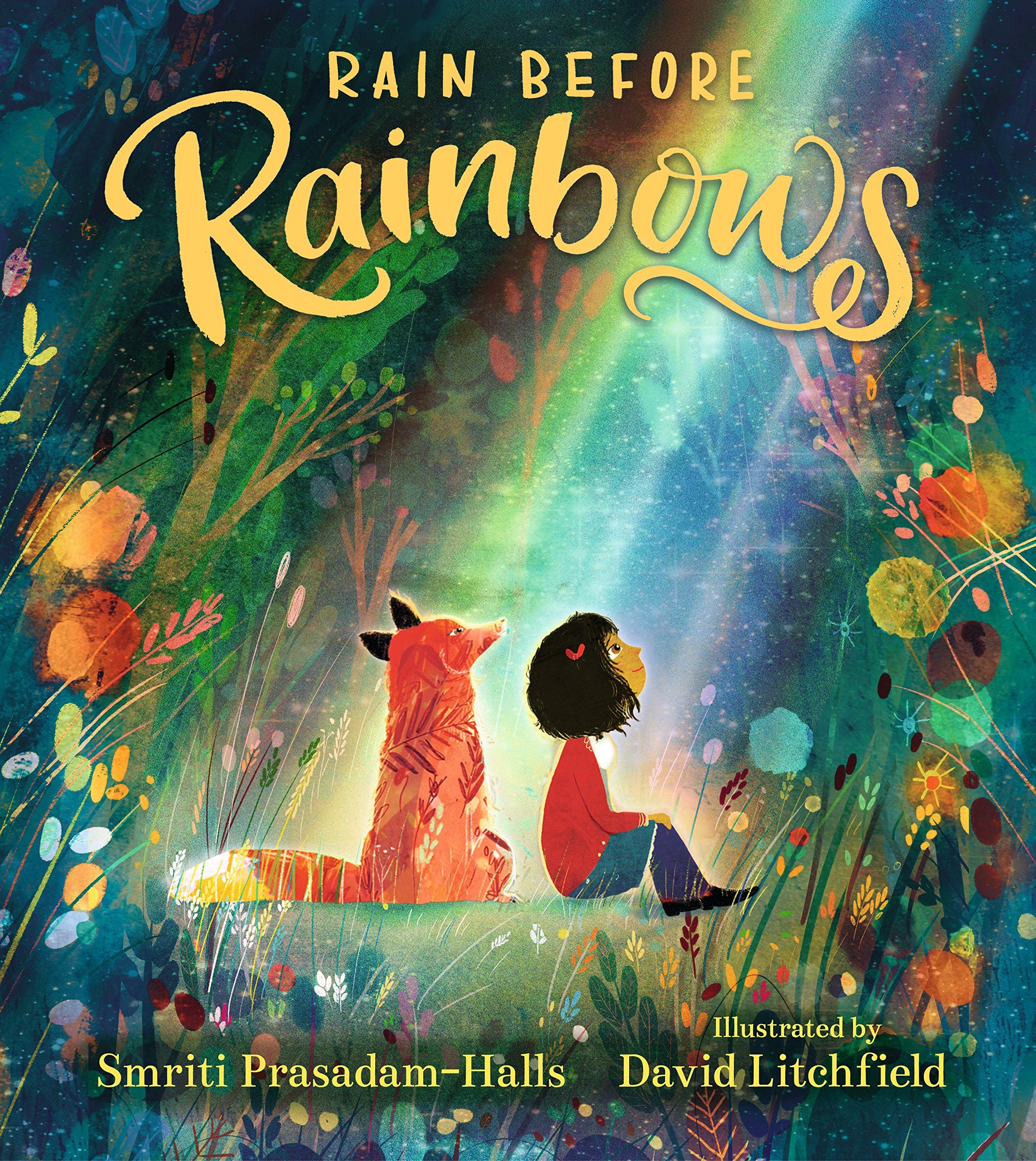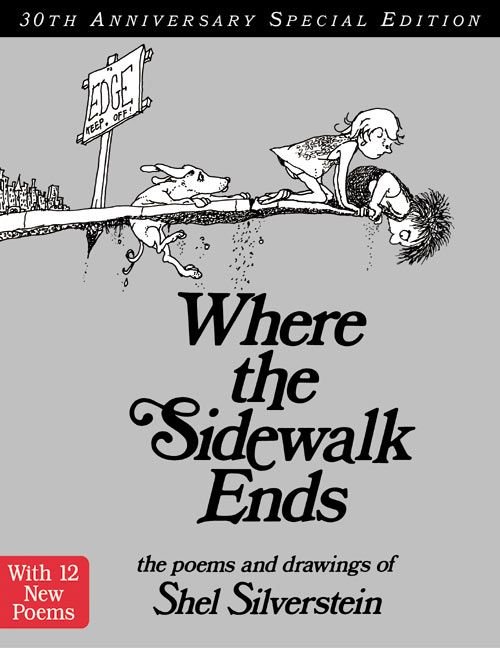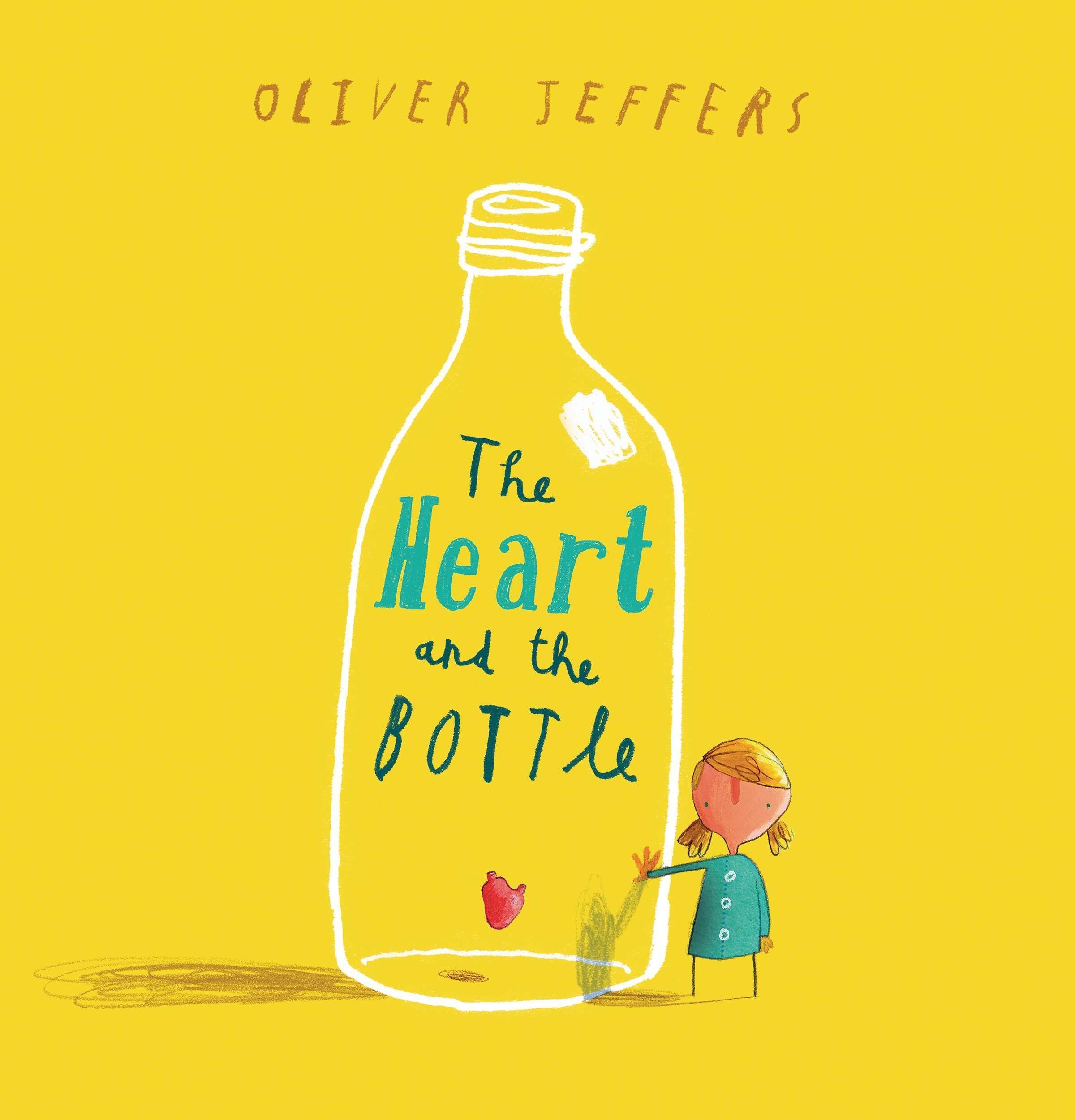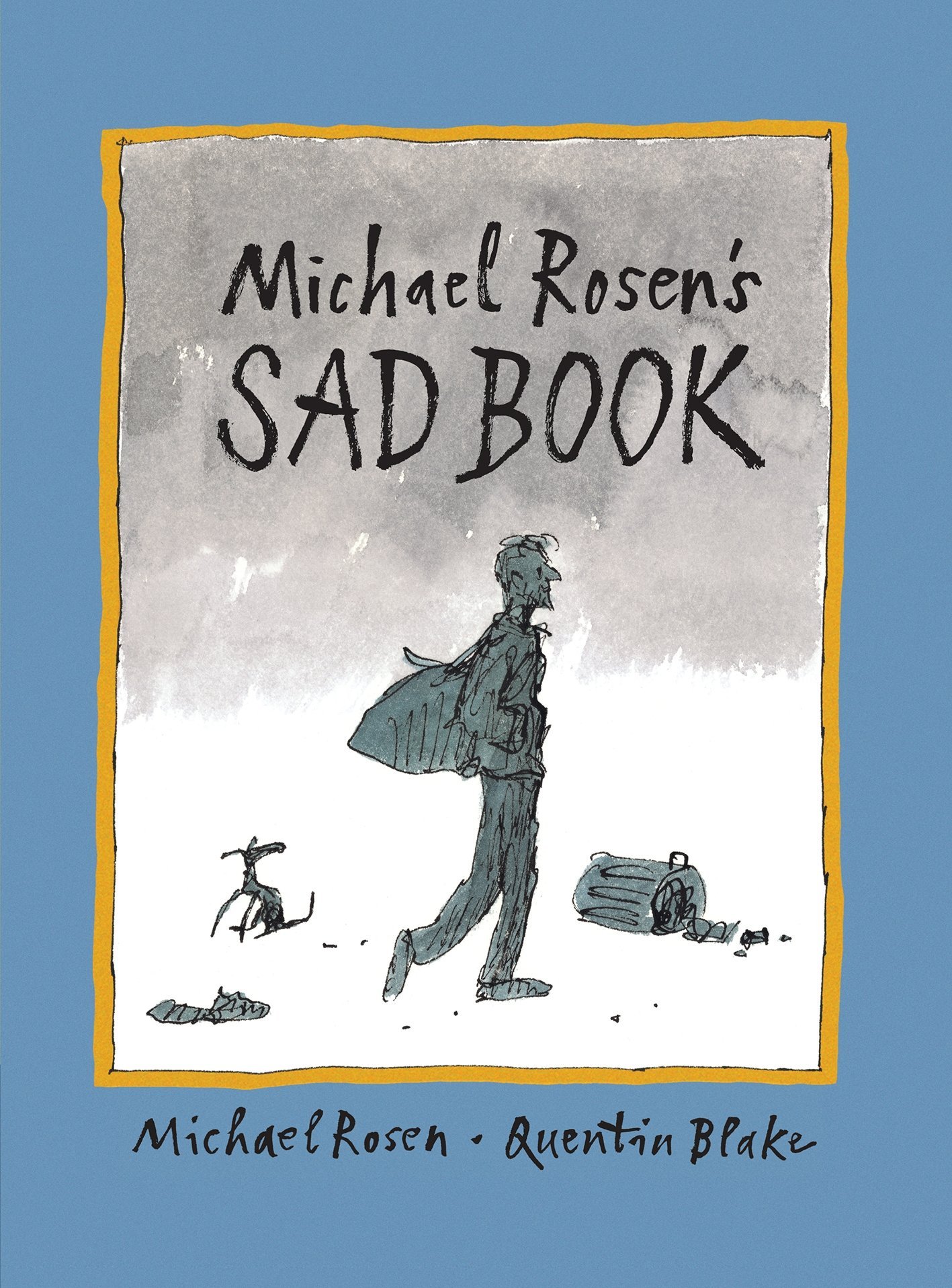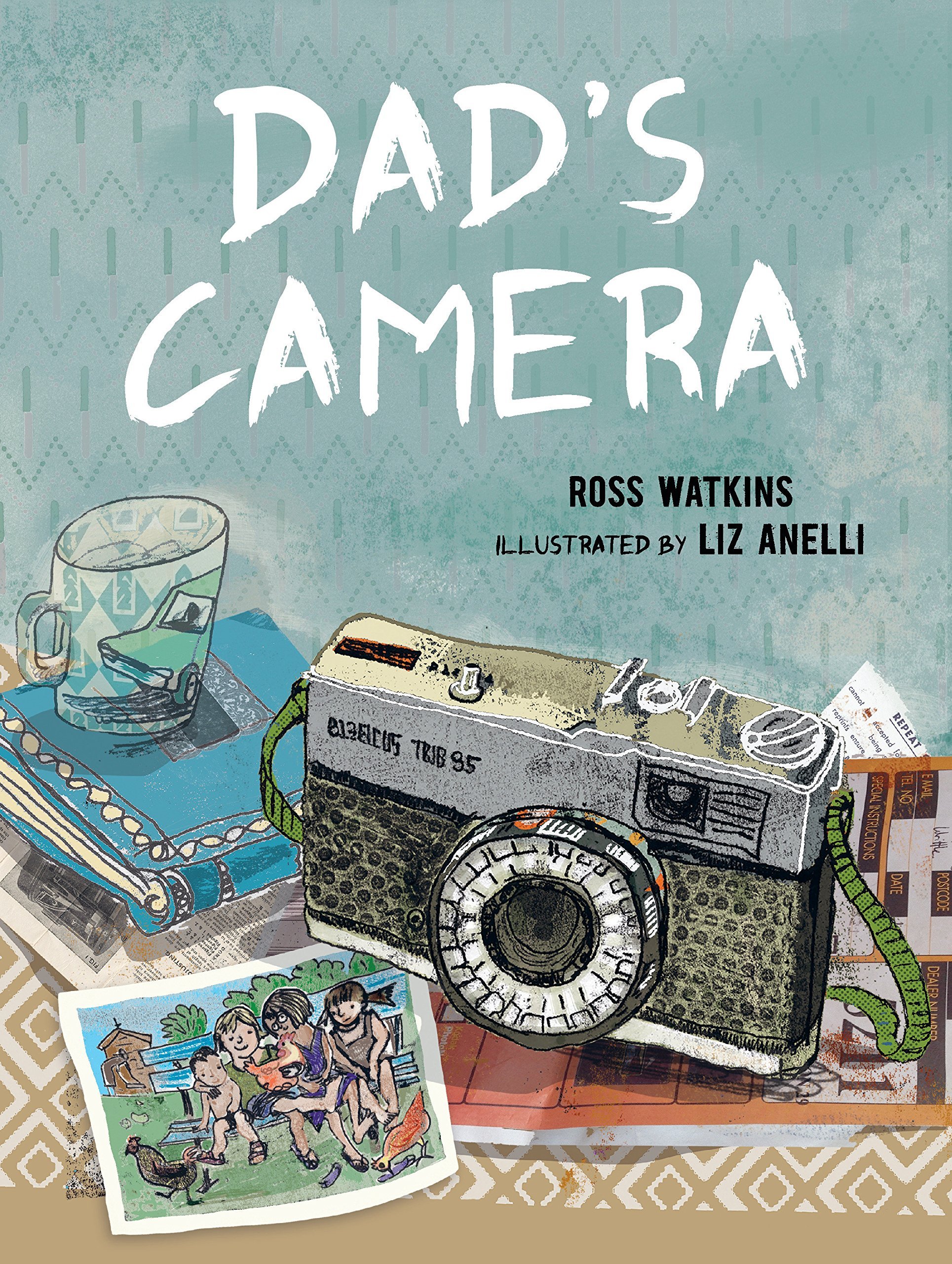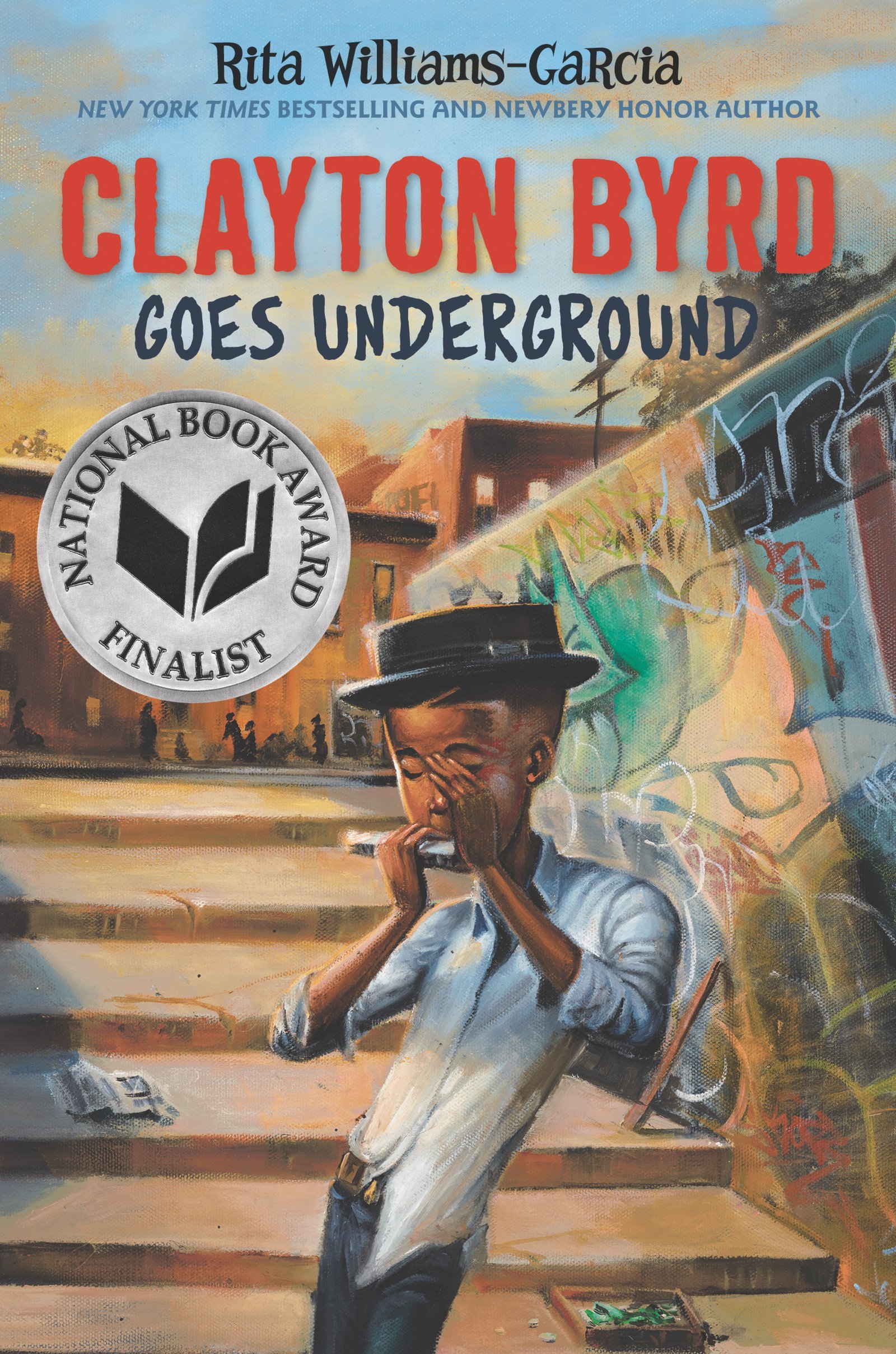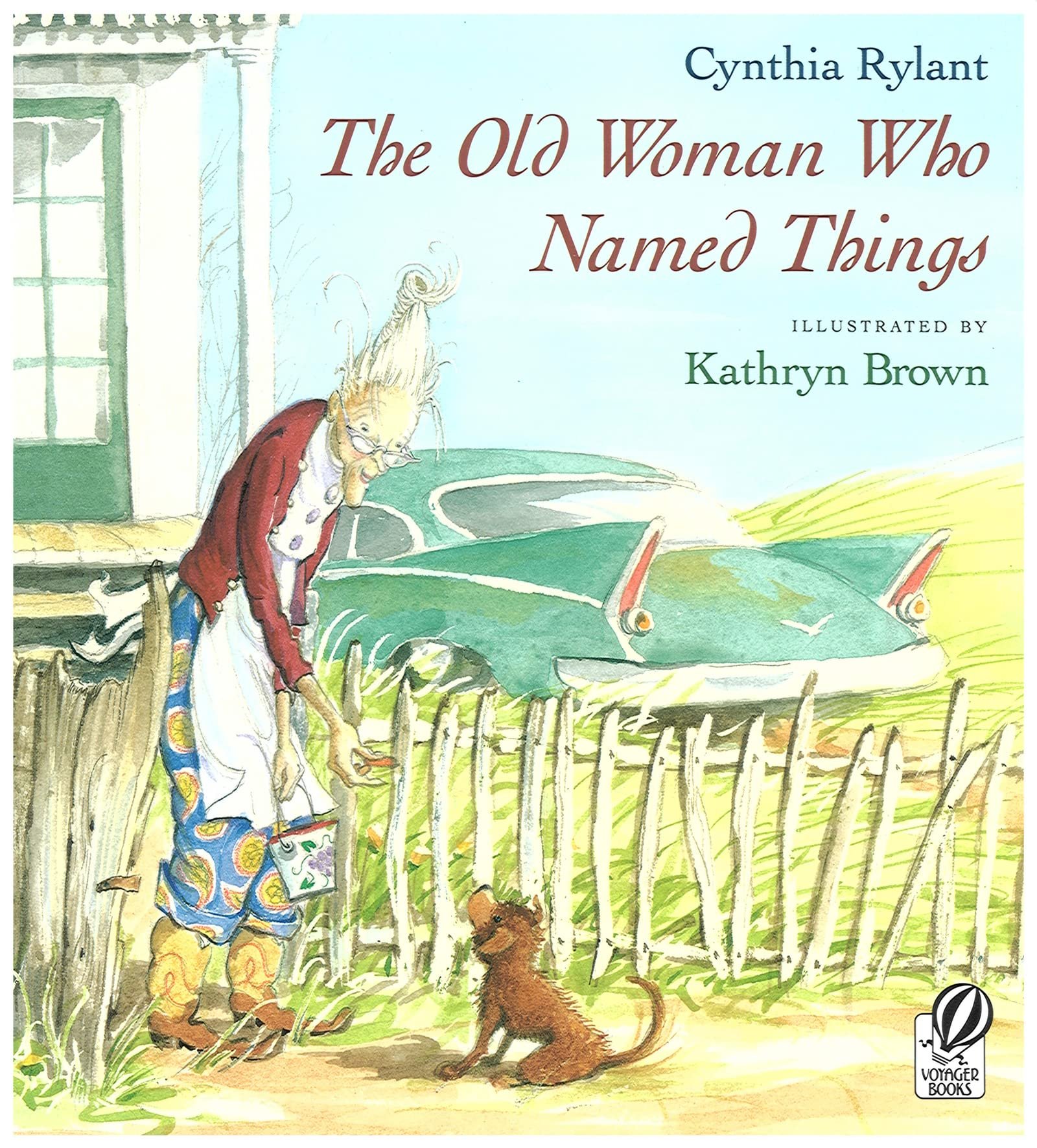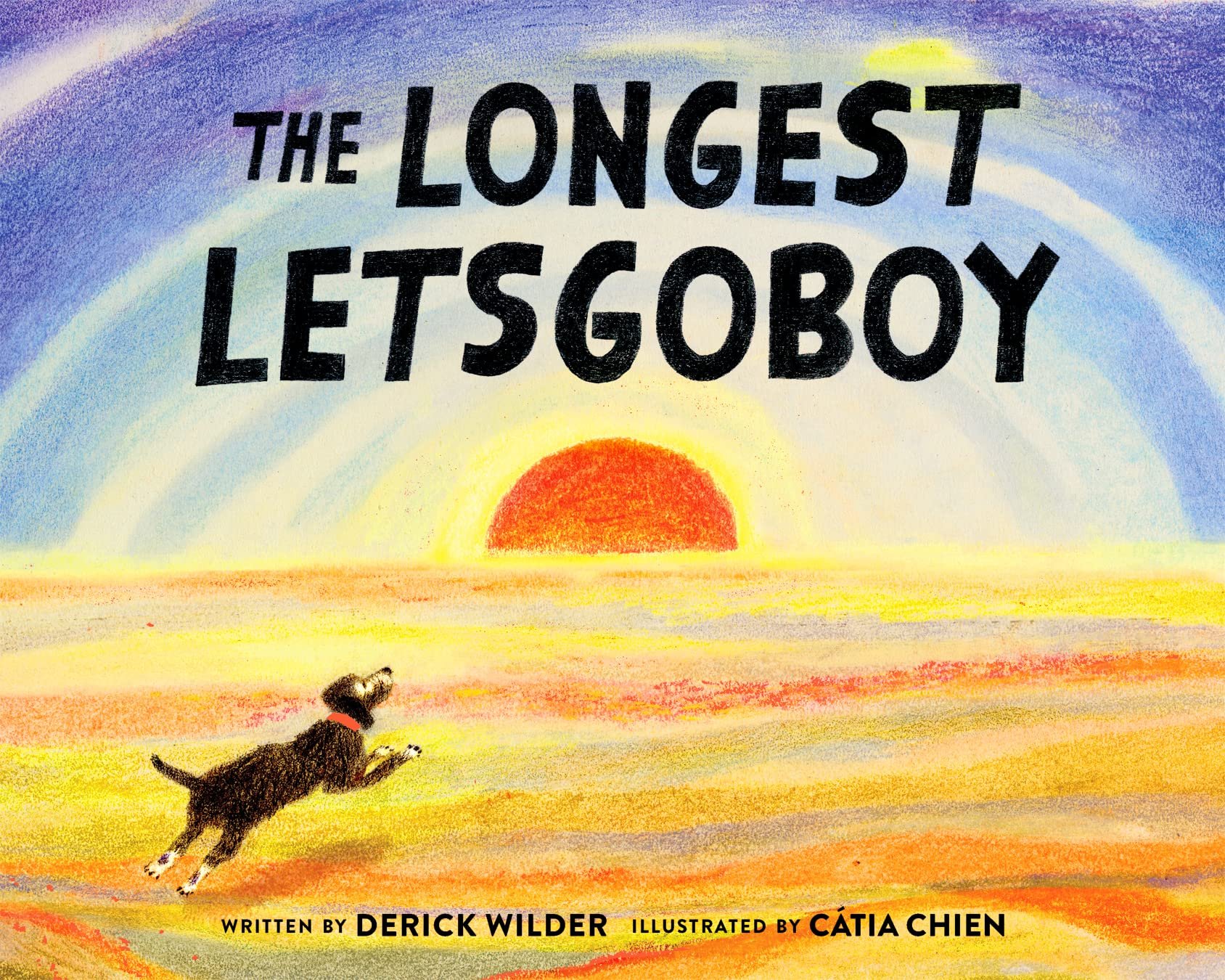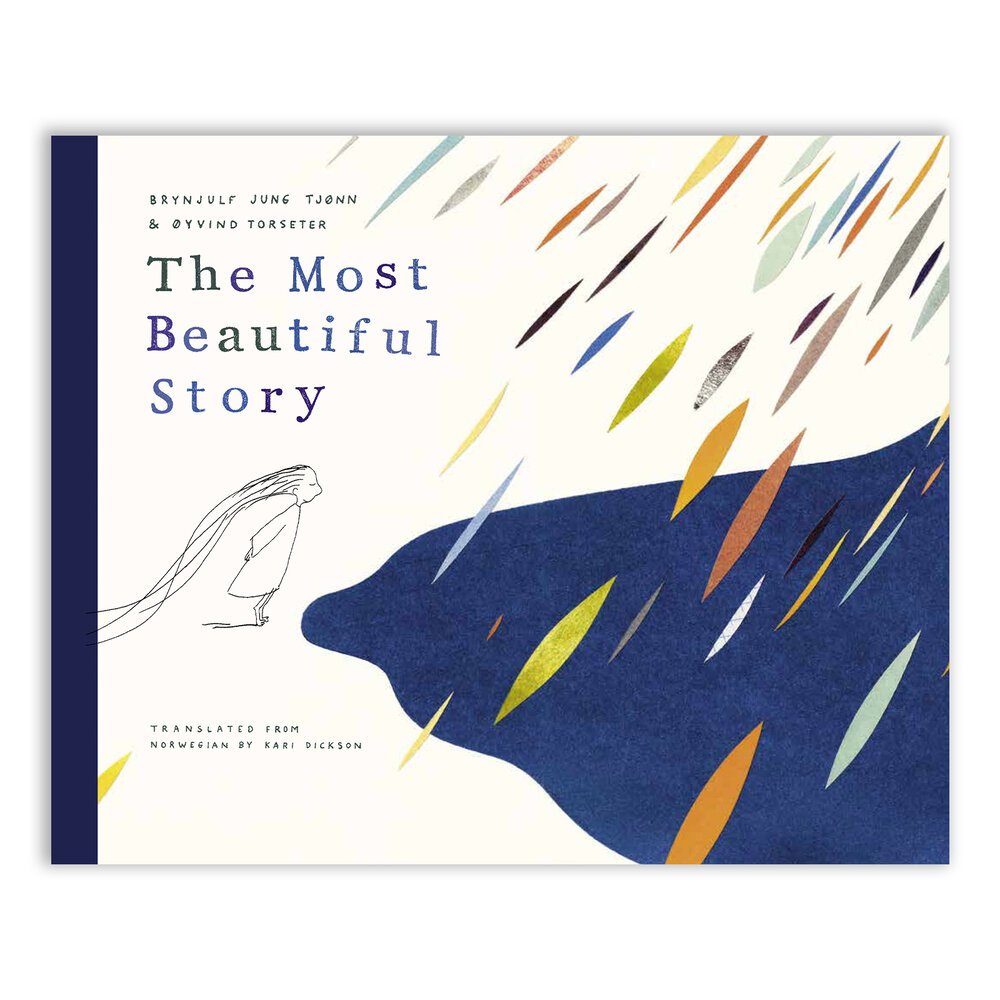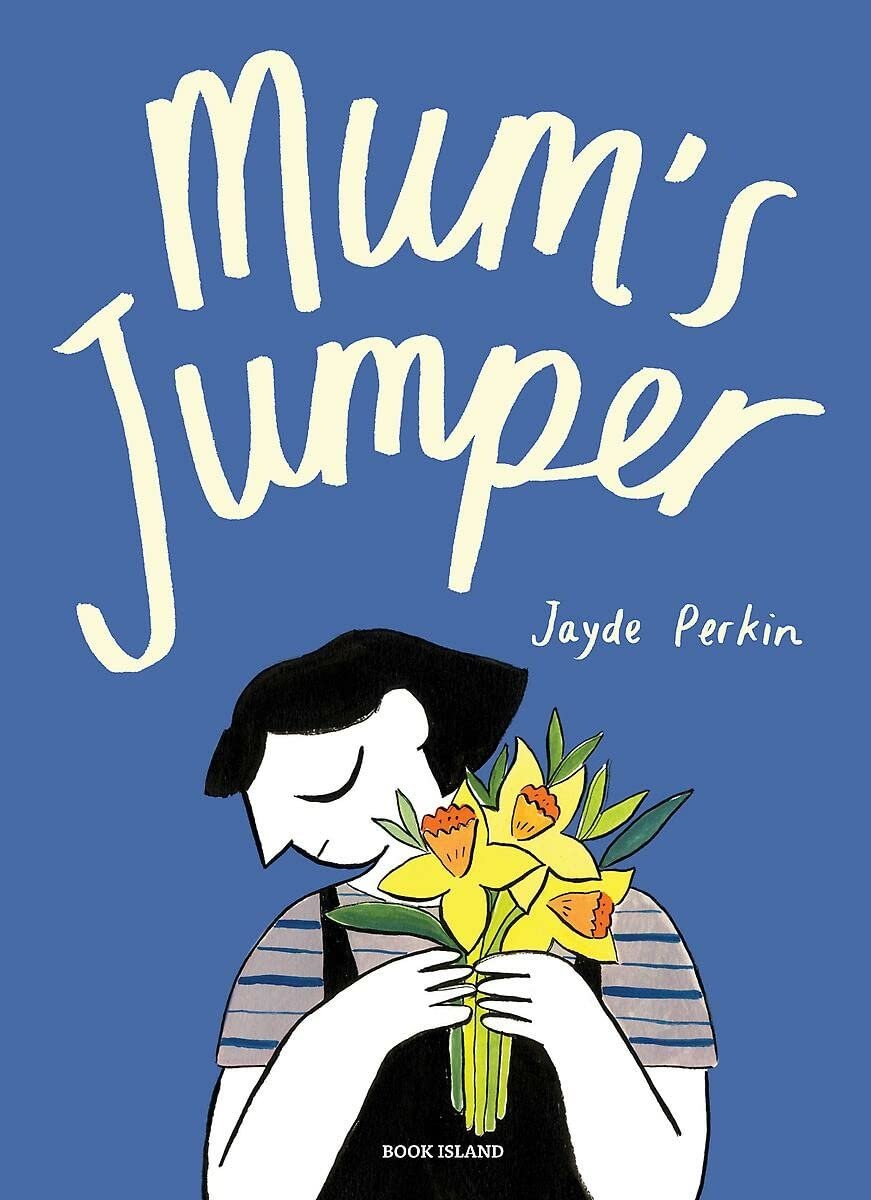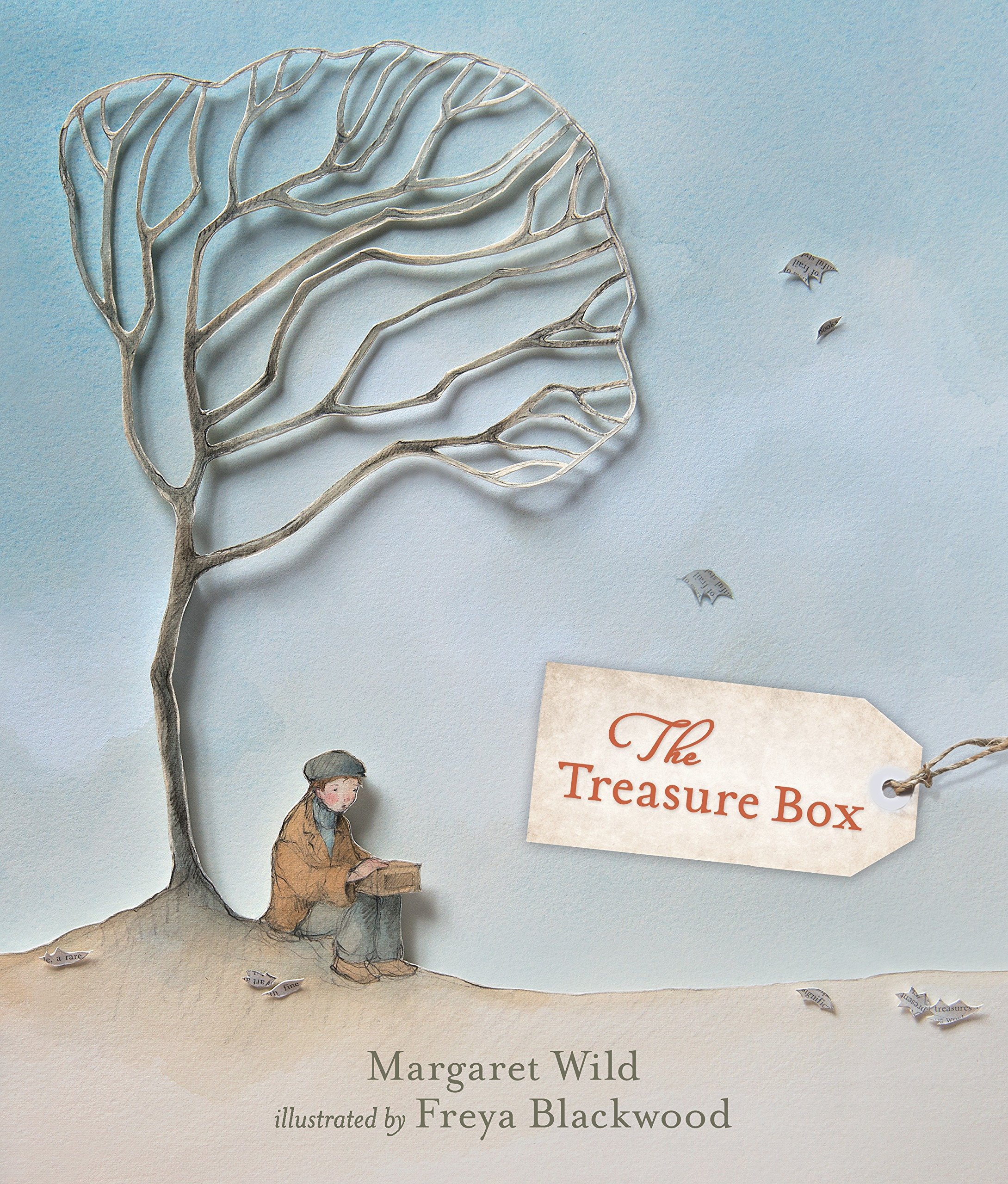Children’s books about grief, loss and change
Every so often, one of my kids will want to talk about death and the scary unknown of things changing and ending. There are many wonderful books out there on these themes and I want to share a few that both acknowledge these feelings, questions and fears, and hold interest.
Here are some children’s books on loss, change and grief that are honest and inclusive of kids and families of many different belief systems and cultures.
Everything Changes: And That's OK is a new book (October 2022) that explores our lives as a constant state of change in a way that is gentle and reassuring. Change is explored from a variety of perspectives: dandelions wither, become fluffy seeds and scatter away; sandcastles are built then washed into the sea; our friends and hobbies come and go.
The message is that everything is always changing, including us, and that accepting change as the natural state of all things may bring peace. This is a useful book for anyone, perhaps especially for those dealing with big changes, like a move, new sibling or lifestyle change.
Recommended age range is 3-7.
My daughter and I have read Margaret’s Unicorn by Briony May Smith dozens of times and never tire of it. The illustrations of the countryside are gorgeous and there is so much specific and creative detail about the life of this little girl and her unicorn that there’s something new to appreciate with each read.
Margaret’s whole life changes when she moves to a house by the sea to be closer to her grandmother. One day, she explores the fields and finds a lost unicorn. She loves and cares for her unicorn until spring when the unicorn must leave. A beautiful story of home, friendship and change that anyone may like, particularly those missing a person or place.
Recommended age range is 4-6.
In Bertolt, an imaginative and introverted little kid must deal with the death of his best friend, an oak tree he has named Bertolt. Playing in the tree is one of the boy’s favorite things to do; from inside its leafy branches, he spies on the world around him and makes up fun things to do and think about.
One day he goes to visit Bertolt and finds he has died after a big storm. He thinks of a way to celebrate and spend time with Bertolt one last time in a way that is beautiful, childlike and true to the relationship they shared. Recommended age range is 4-9.
Ira Says Goodbye explicitly deals with moving. In the book, Ira must say goodbye to his best friend who is moving away. He feels sad and disappointed, and there’s also a more complicated dynamic at play—his best friend Reggie acts happy and excited about the change, like he doesn’t care about leaving Ira and his old life behind.
This is a useful read for when a friend moves away, but also in the context of changing friendships and how our behaviors and relationships may change when we are hurt, scared or upset. Recommended age range is 4-7.
In The Rabbit Listened, a child is upset about the crash and crumble of his epic block tower. Lots of people come to comfort him, but it isn’t until he finds a friend to simply listen that he starts to feel understood. Sometimes we just want someone to bear witness to our pain and listen to us.
Good for kids who are feeling loss and caring friends who want to be there for others. Recommended age range is 2-6.
What Happens Next? deals with death directly. After his grandfather dies, a little boy has all kinds of thoughts, ideas and reflections on his life.
Reading his grandfather’s old journal, he explores different possibilities for what happens after death in a way that is creative, thought-provoking and cathartic. Recommended age range is 4-8.
Another book by Shinsuke Yoshitake: There Must Be More Than That! deals with uncertainty about the future and hope.
A little girl’s big brother scares her with all kinds of bad possibilities for the future. After talking with her wise grandmother, she realizes that there must be more than that and embraces a perspective full of hope and zest that includes all kinds of fantastic what-if’s. Recommended age range is 5-8.
Duck, Death and Tulip is intended for older kids—age nine and up. It is a philosophical book perhaps best read in the context of thinking of one’s own death. It is ultimately comforting but the personification of death is unsettling and mysterious in a way that may definitely disturb younger kids.
In the book, a duck meets death, a skeleton-figure who explains it is not there to do anything—life rather takes care of that. Older kids who are thinking and asking questions about death may appreciate this simple candid look at death. Recommended age range by the publisher is 9-18.
Will It Be Okay? is an open and imaginative dialogue between a little girl and her mother about worries and fears. From thunderstorms to stage fright, the feeling of being judged and disliked to the eventual death of the mother, the two face all of the fears head-on and discover that, yes, ultimately it will be okay.
We all eventually realize that our parents will die one day. This is a good one to read around that moment. The language is both brave, comforting and true. Recommended age range is 4-8. Be ready for an emotional response and lots of questions at the end.
Birdsong is a quiet, beautiful book capturing an inter-generational friendship between a little girl and her artist neighbor. There is hopeful imagery of birds, nature and art alongside this story of finding unexpected friendship and being there for someone whose health is failing.
The book also contains a glossary to the Cree words appearing throughout the book. Recommended age range is 3-8.
Always Remember is a comforting story for those dealing with loss. The story encourages kids to process their grief by focusing on memories, legacy and the wonderful things about those who have died. It is an inclusive read that does not focus on any particular religion or belief system.
Recommended age range is 3-7.
In The Heart and the Bottle, a little girl bottles up her feelings after someone she cared about is no longer there. This book explores the consequences of bottling up our feelings or emotionally shutting down after something sad or traumatic.
A good one to read in exploring how to begin again or move on after a sad loss or separation. I would recommend for older kids, perhaps age six and up, unless the subject matter is one you want to explicitly explore.
Recommended age range by the publisher is 3-7.
When a little girl’s grandfather develops dementia, she begins to collect and treasure the words and memories he’s left behind. Coffee Rabbit Snowdrop Lost is interesting in that it shows the onset of dementia, and provides both a moving story and a practical example of how we can love and support those around us with dementia.
It can be read specifically to understand cognitive loss in aging or, more broadly, as an adaptive example on how we can live with change. Recommended age range is 5-7.
City Dog, Country Frog is the story of a friendship, from beginning to middle to end by Mo Willems (Elephant and Piggie) and Jon J Muth (Zen Shorts and The Three Questions). This is also a story of the seasons of our lives and how things change.
In the story, a dog and frog become good friends and, in the process, learn a lot about one another and their worlds. The dog goes away for the season and, upon return, finds the frog not there anymore. He does find a new friend, however, with a froggy grin.
Moving, hopeful and a little open-ended. Recommended age range is 2-6.
Goob and His Grandpa is a ready-to-read book in a series that takes on healthy habits for kids. In this story, Goob’s grandpa dies and his good friends rally around him to show support. The focus is on the ways his friends show support and are there for him in such a difficult time.
This may be particularly relevant for kids whose friends or loved ones have lost someone. It will inspire empathy and perspective-taking and prompt them to think about how they support others in their grief. Recommended age is 2-6.
More children’s books about loss, grief and death include A Map Into the World, Michael Rosen’s Sad Book, Clayton Byrd Goes Underground, A Map Into the World, The Old Woman Who Named Things, The Longest Letsgoboy (about losing a pet) The Most Beautiful Story, Mum’s Jumper, and The Treasure Box.
Explore related topics in children’s books featured in the spirituality book guide, and book guides related strengths of humanity, including gratitude, hope, appreciation of beauty and excellence, and humor. These are strengths that allow people to connect to the larger universe and make meaning in life, and have a reaching quality going beyond the individual.
